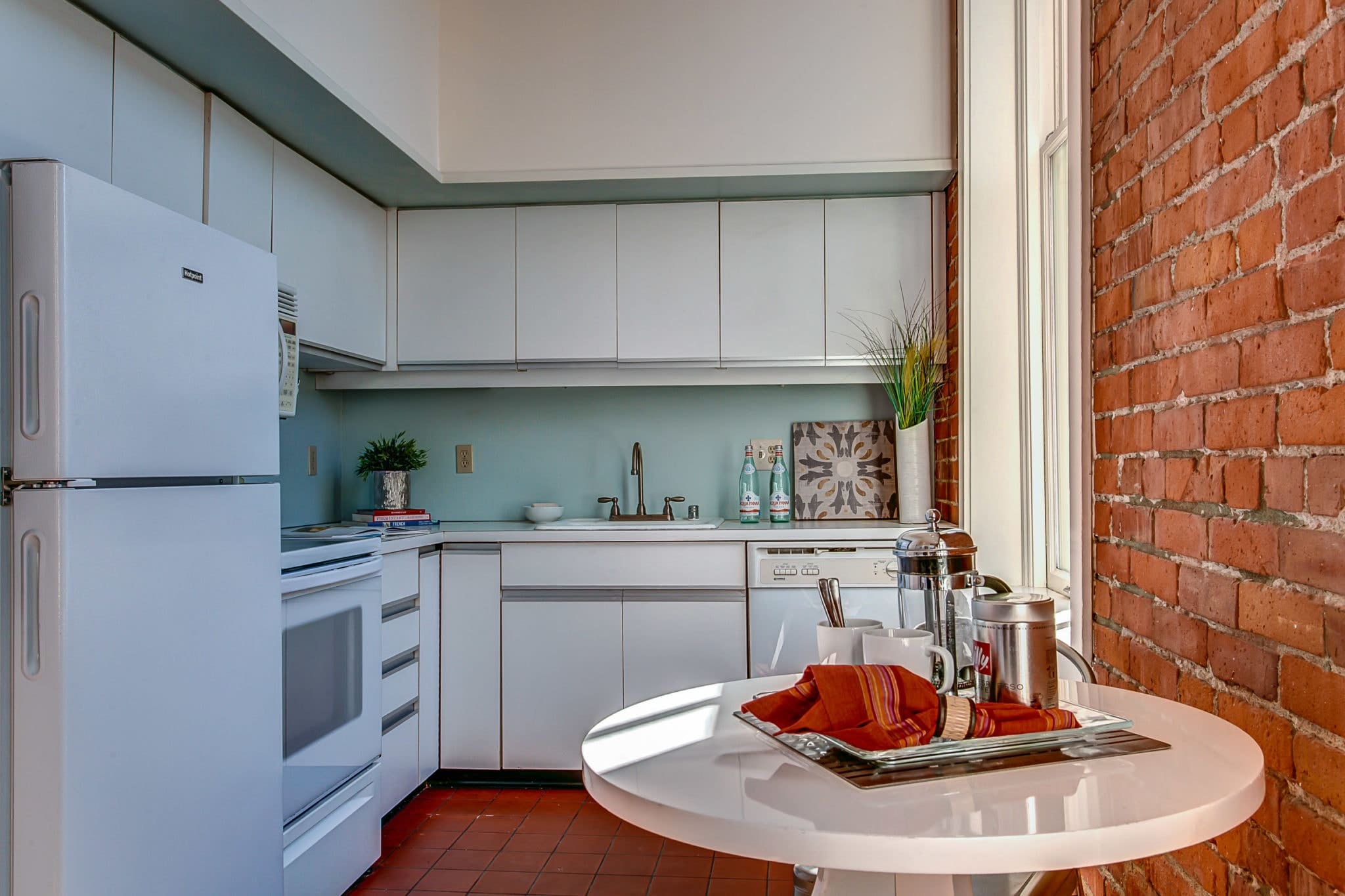
In 1906, 3rd avenue had been extended and a new road was created – Prefontaine Place South – which would become a major thoroughfare through which all of Seattle’s streetcars would pass.

NEW ROUTE OF TRAVEL MAKES PROPERTY VALUABLE Aldrich to build the Exchange Building, a 19,800 sq ft fireproof warehouse constructed of steel and concrete with 462 feet of street frontage. So after purchasing Block 17 from Father Prefontaine in 1904, he hired architect C. Interestingly, Stimson had a penchant for purchasing and developing triangular properties because he believed they were more profitable due to the increased frontage. He owned a sawmill and numerous properties and automobiles (which he and his son raced on Seattle streets), and the Seattle Post-Intelligencer’s society pages often mentioned that the Stimson family had entertained diplomats, businessmen, and other powerful people. Stimson, a timber baron and real estate powerhouse, got rich in that time of prosperity. It was the right place and time to make a fortune as a business person in Seattle, and people like Charles D. Seattle didn’t promise gold but it did provide food, blankets, tools, and other supplies to gold seekers before they continued their journey north. Our Lady of Good Help church in the 1870s.īeginning in 1896, over 70,000 people streamed into Seattle on their journey to the Klondike region of Yukon, Canada – it was the gold rush. The young priest had been warned that Seattle was a “lost cause” but Father Prefontaine zealously raised $1800 to build the church on Block 17 and to expand it in 1882. And they might have prayed for the sinners who patronized and worked at the brothel across the street. Prefontaine’s flock of 10 parishioners – Catholic and Protestant – might have said this prayer during a Sunday mass while crammed into the 29 foot by 50 foot church, Our Lady of Good Help. Give us this day our daily bread and forgive us our trespasses as we forgive those who trespass against us and lead us not into temptation, but deliver us from evil. Our Father, who art in heaven, hallowed be thy name thy kingdom come thy will be done on earth as it is in heaven. A son of The People of the Inside, Chief Si’ahl (Seattle), became a Catholic in 1830, befriended Doc Maynard in 1851, and eventually earned a reputation as a “friendly Indian.” In 1853, the city was named after him but by 1865 The People of the Inside and all Indians were banned from living within the city borders.

The People of the Inside could no longer survive off the land in Sdzidzilalitch so they worked as fishermen and loggers, and sold shellfish and baskets. Doc received 640 acres in what is today called Pioneer Square. Block 17 is nestled in the heart of David Swinson “Doc” Maynard’s plat which was granted to him in 1853 under the white settlers’ law: Every white male citizen who is at least 18 years of age is entitled to a 320 acre claim in the Territory of Oregon (which included what is now called Washington), and if he is married an additional 320 acres for his wife. And they drew invisible lines on the land creating plats and parcels and blocks and lots, and most importantly – ownership. They made hilly places flat and wet places dry. White settlers filled the Sdzidzilalitch tidelands with sawdust and the tops of giant hills that had been felled with settler tools.


Cedar bark baskets could have easily held the day’s crab catch as well as mussels and clams ii. Women would have canvassed the soppy tidelands, smooth, wet sand oozing between their toes as they fished for crabs in shallow tidal ponds. Seven years before George Vancouver sailed his vessel through the Strait of Juan de Fuca into the unchartered and dangerous waters of the Whulge (Puget Sound) and 70 years before the Treaty of Point Elliot, Sdzidzilalitch was where The People of the Inside socialized, traded, formed alliances, and shared knowledge.
LOFT SPACE PIONEER SQUARE SKIN
The People of the Inside (Duwamish, Suquamish and Muckleshoot) would have emerged from their longhouses, perched on a patch of land not submerged by high tide, to celebrate the coming of spring - their skin painted with vermillion, and their songs welcoming spring’s promise and bounty. Pacific tree frogs sang their mating chorus ( kreck-ek, kreck-ek) in the marshy forest which brimmed with fir, oak, cedar and other trees, some now extinct. In the spring of 1785, earthy toned mudflats glistened in the moonlight during low tide in the place called Sdzidzilalitch (little crossing-over place) i. Pre-settler map (1841) of what is now known as Pioneer Square.


 0 kommentar(er)
0 kommentar(er)
